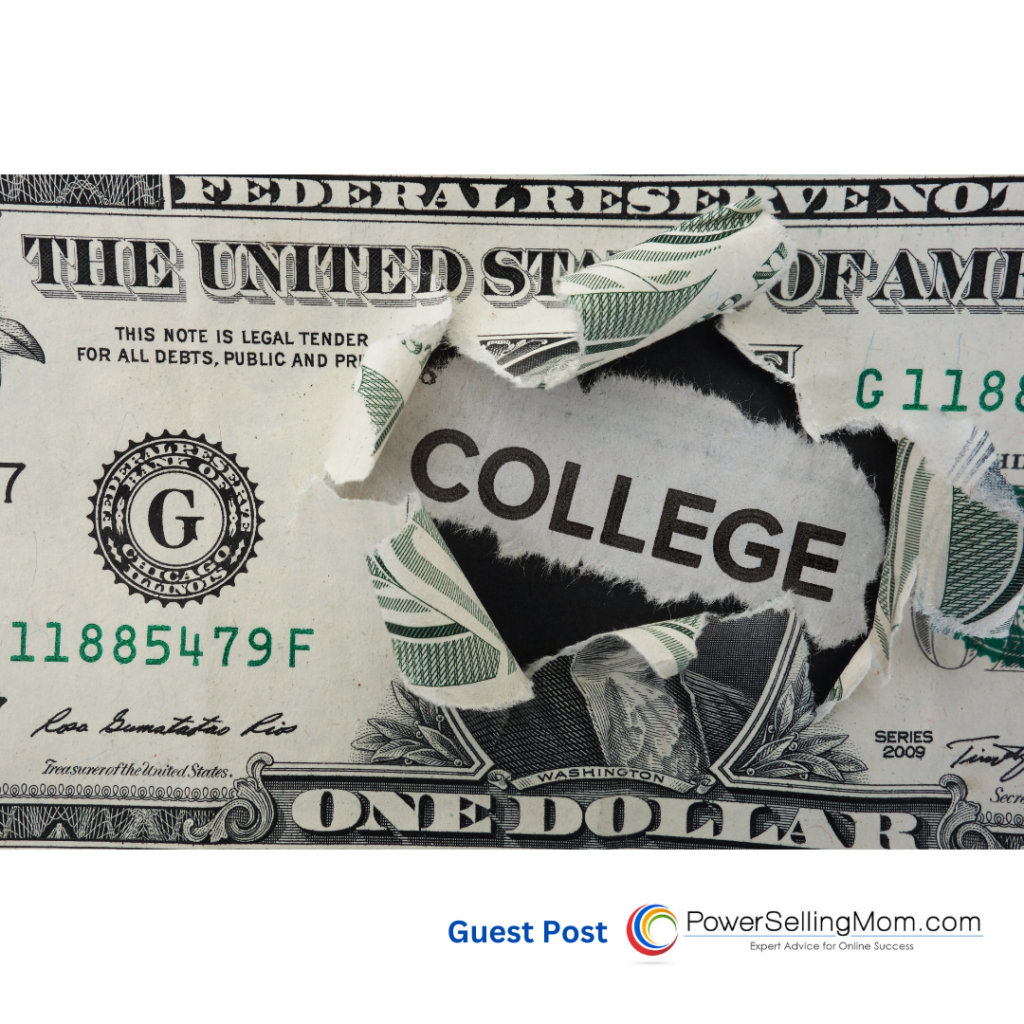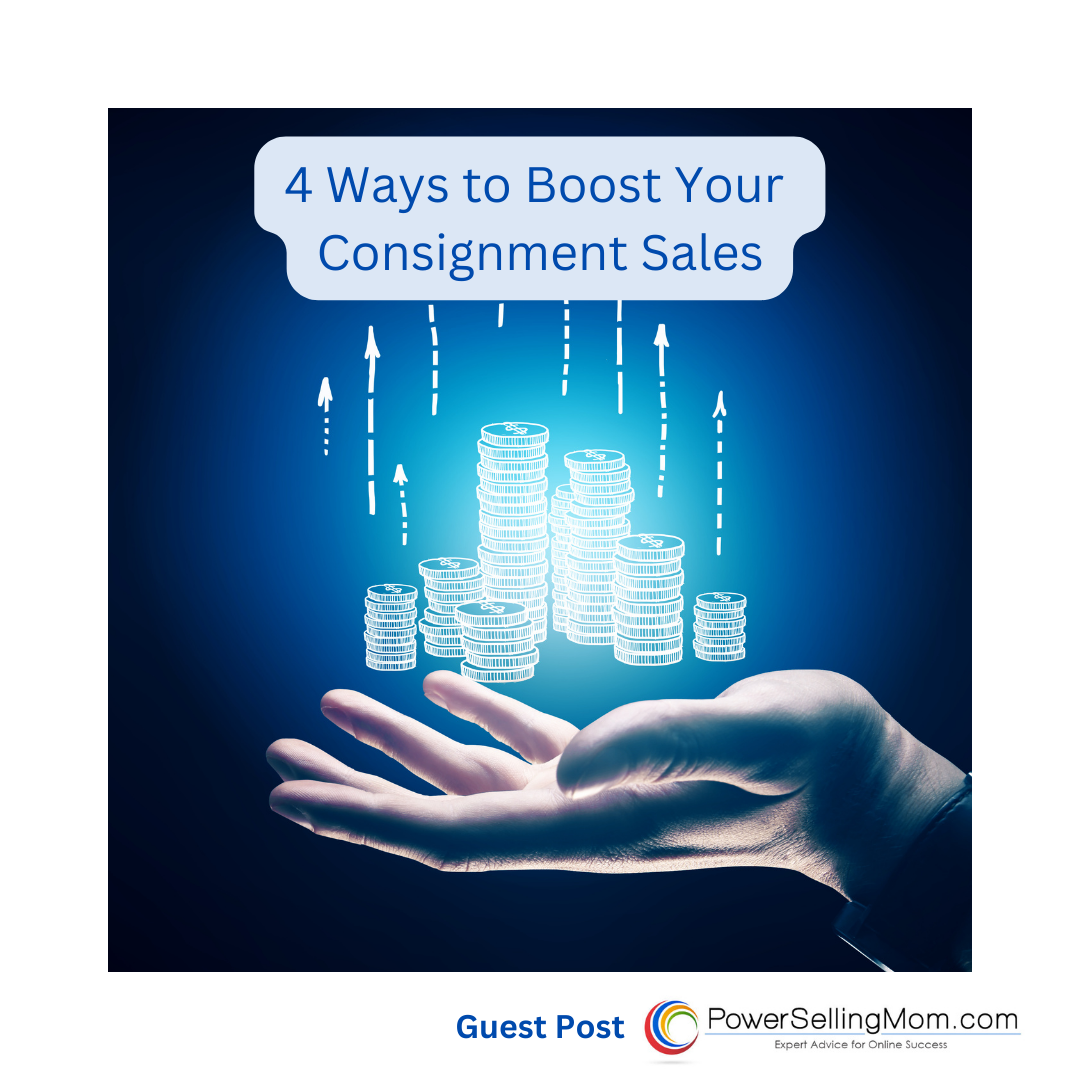When the economy slows down, consumers search for bargains wherever they can. Garage sales, online discount stores, swap meets, and consignment stores are their top choices for acquiring high-quality used furniture, clothing, appliances, computers, artwork, sporting goods, collectibles, and hundreds of others.
That’s why tough times for major retailers can be an excellent time to offer consigned goods to the public. However, it’s still wise to employ techniques that deliver solid results. Consider the following suggestions to bring more business to your commercial consignment enterprise.
Use a Realistic Pricing Strategy

In the world of consigned merchandising, price is paramount. It’s worth noting that consumers in this niche tend to be focused more on bargain hunting than those who shop for new items. A garage sale attitude pervades most buyers who purchase consigned products. That means sellers must be meticulous about setting prices that are competitive, fair, and at least appear to be bargains in the eyes of consumers.
Plus, savvy shoppers leverage the power of the internet to compare prices on similar items in dozens of markets. They’re often aware of realistic value ranges, availability, shipping fees, and availability. For those reasons and more, consignment sales pros must realize that their goods are used, are not always unique and are often available from multiple online sellers. Always err on the lower side when setting prices.
Free Up Your Budget by Refinancing College Loans

An indirect but consequential tactic to drum up additional profits is reorganizing your budget by refinancing student loans. That way, with the money saved on monthly loan payments via a refi, you can dedicate more funds toward marketing, promotion, and advertising budgets for the commercial business effort.
How does the process work?
Anyone currently paying one or more college loans can cut monthly expenses by refinancing. Consignment sellers or others with outstanding education debt can use the tools at NaviRefi student loan refinance website and come away with smaller monthly payments, a single loan obligation, and potentially better terms, rates, and more.
Put Effort into Marketing

No matter what area of consignment sales you’re doing, it’s imperative to spend the most time, effort, and money on marketing. No matter how great your items are, if consumers don’t know about them, then sales will falter. What’s the solution? It’s a detailed promotional plan you put in writing long before selling begins in earnest.
List your preferred sales channels, what ads will go in each, and which items to feature. Successful consignment sellers use at least three techniques: social media, local flyers, and paid internet ads. This trio has worked wonders for e-commerce pros, and it can do the same for merchants who offer previously owned items too.
Slash personal budgets with student loan refinancing to free up as much cash as possible to bootstrap consignment campaigns. Always remember to do a once-monthly evaluation of each marketing channel and decide how to improve whenever possible.
Imitate Traditional Retailers

Selling anything to the public can be challenging, particularly in a sluggish economy. But one of the most effective tactics for ramping up sales is to imitate market leaders. In this case, they are the major retailers who sell their goods directly to the public. How do they attract more customers?
Their two go-to strategies are giveaways and discounts. Explore both methods and see which ones deliver the best results. The largest corporations in the retail segment have been around for decades, so they know what works and what doesn’t.
Restaurants and clothing merchants choose their slowest day of the week and do their giveaway promos then. The same applies to discounts, but sellers set special pricing periods for about a week to attract bargain hunters. Like the market’s leaders, consider creating buy-one-get-one-free deals on slow-moving items or lines of off-season or unique products.
![]()



